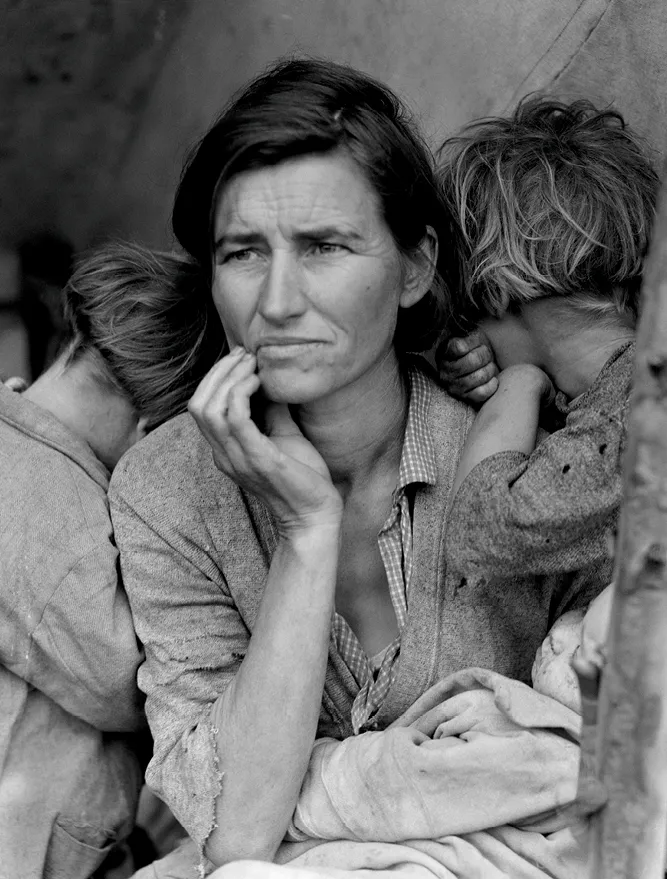Anglais Terminale
Rejoignez la communauté !
Co-construisez les ressources dont vous avez besoin et partagez votre expertise pédagogique.
Mes Pages
1. Identities and Exchanges
Ch. 1
The Canadian Tale
Ch. 2
Go Greek!
2. Private and Public Spheres
Ch. 3
Is It a Man’s World?
Ch. 4
The Roaring Twenties
3. Art and Power
Ch. 5
A Camera of Her Own
Ch. 6
A Never-Ending (Hi)story?
Ch. A
Conscious Art
4. Citizenship and Virtual Worlds
Ch. 7
To Tweet or Not to Tweet?
Ch. B
Digital Passports at Risk...
Ch. C
May I Borrow This?
5. Fiction and Realities
Ch. 8
Chivalry Isn’t Dead!
Ch. 9
It’s GoT to Be Shakespeare!
6. Scientific Innovations and Responsibility
Ch. 10
Breaking the Code
Ch. 11
Green Waves
Ch. D
To Infinity and Beyond!
Ch. num
Tech for the Future?
7. Diversity and Inclusion
Ch. 12
Multicultural New Zealand
Ch. 13
Black Lives Matter
8. Territory and Memory
Ch. 14
Lighting Up Africa
Ch. 15
American Vibes
Fiches Méthode
Précis
Précis culturel
Précis de communication
Précis phonologique
Précis grammatical
Verbes irréguliers
CECR et programme
Rabats & annexes
Révisions
Ressource affichée de l'autre côté.
Faites défiler pour voir la suite.
Faites défiler pour voir la suite.
Text document
Documentary photographer Dorothea Lange had a favourite saying: “A camera is a tool for learning how to see without a camera.” And perhaps no one did more to reveal the human toll of the Great Depression than Lange, who was born on this day in 1895. Her photographs gave us an unflinching — but also deeply humanizing — look at the struggles of displaced farmers, migrant labourers, share-croppers and others at the bottom of the American farm economy as it reeled through1 the 1930s.
Lange worked for the Farm Security Administration in the 1930s, chronicling rural poverty across America and the agency's efforts to provide relief. Her most famous photo is often referred to as “Migrant Mother.” Shot in 1936 at a campsite full of unemployed pea pickers in Nipomo, Calif., the image features Florence Owen Thompson, a poor farmworker flanked by two of her seven children. [...]
But you don't need to read Lange's notes to sense this desperation. So much is conveyed in the worry etched2 on Thompson's face, worn far beyond her 32 years at the time the photo was taken.
Lange worked for the Farm Security Administration in the 1930s, chronicling rural poverty across America and the agency's efforts to provide relief. Her most famous photo is often referred to as “Migrant Mother.” Shot in 1936 at a campsite full of unemployed pea pickers in Nipomo, Calif., the image features Florence Owen Thompson, a poor farmworker flanked by two of her seven children. [...]
But you don't need to read Lange's notes to sense this desperation. So much is conveyed in the worry etched2 on Thompson's face, worn far beyond her 32 years at the time the photo was taken.
Before she began documenting the travails of the poor, Lange was a portrait photographer for the well-to-do in San Francisco. So she knew that images of individuals would have far more emotional impact than those showing barren3 landscapes [...].
1. struggled to survive
2. engraved
3. sterile
©2015 National Public Radio, Inc. News report titled “How Dorothea Lange Taught Us To See Hunger And Humanity” by Maria Godoy as originally published on npr.org on May 26, 2015, and is used with the permission of NPR. Any unauthorized duplication is strictly prohibited.
“How Dorothea Lange Taught Us To See Hunger And Humanity”.


Ressource affichée de l'autre côté.
Faites défiler pour voir la suite.
Faites défiler pour voir la suite.
Questions
Differentiation
Read the text.
Then, click on your path! or
Path A
1-A
a. Pick out all the references to feelings and emotions.
2-A
Search online to learn more about Dorothea Lange.
Path B
1-B
a. Who and what did Lange take pictures of? What for?
2-B
Browse the web to learn more about Migrant Mother.
Let's talk this out!
Mediation
Share your findings with your classmates.
3
What is your opinion on Dorothea Lange's work? What was the goal of her photos?
4
Discuss Lange's statement: “A camera is a tool for learning how to see without a camera.”
Ressource affichée de l'autre côté.
Faites défiler pour voir la suite.
Faites défiler pour voir la suite.
Over to you!
Une erreur sur la page ? Une idée à proposer ?
Nos manuels sont collaboratifs, n'hésitez pas à nous en faire part.
j'ai une idée !
Oups, une coquille
